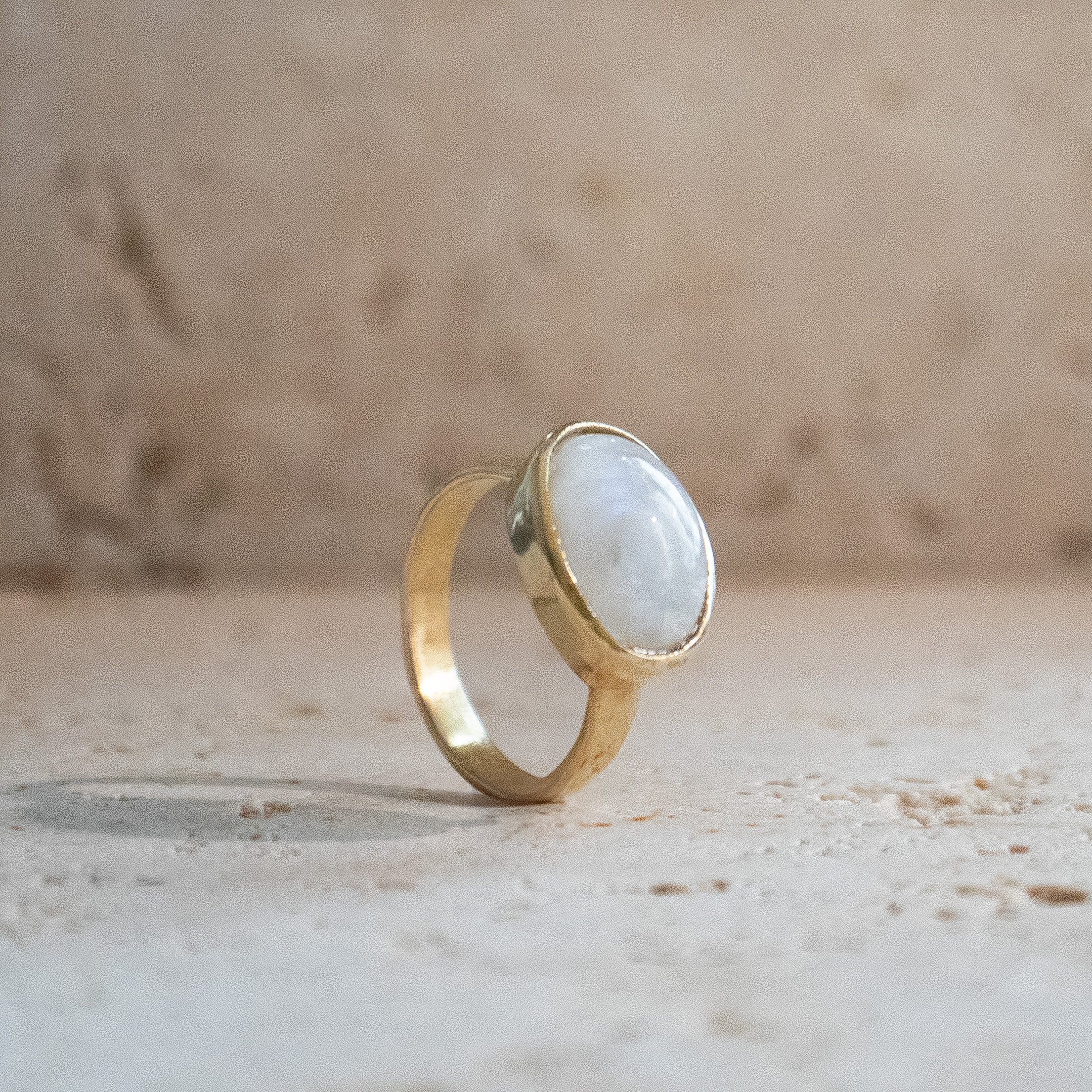
Sustainability in the Jewelry Industry: A Path to Ethical Practices
"Sustainability in the jewelry industry" refers to the industry's concerted efforts to minimize environmental impact, adhere to ethical standards and ensure fair treatment of workers throughout the supply chain. This covers various aspects including responsible sourcing of materials, environmentally friendly manufacturing processes and ethical working practices. In this blog post we address the importance of sustainability in the jewelry industry and highlight the central role that ethical supply chains and fair working conditions play in it.
1. Ethical raw material sourcing:
Ethical sourcing of materials is at the heart of sustainability in the jewelry industry. This includes sourcing gemstones and metals from mines and suppliers that adhere to fair labor practices, environmental regulations and community engagement initiatives. Brands like Brilliant Earth and Bario Neal exemplify this commitment by ensuring their diamonds are conflict-free and their gold is fair trade. By prioritizing ethical sourcing, these brands contribute to the well-being of the workers and communities involved in the mining process. The reuse of old jewelry and metals is also an option for sustainable business.
2. Environmentally friendly manufacturing processes:
In addition to ethical sourcing, sustainable jewelry brands emphasize environmentally friendly manufacturing processes to minimize their environmental footprint. These include using recycled metals, reducing waste and adopting sustainable production techniques. Companies like Catbird and Pippa Small are pioneers incorporating recycled materials into their designs and taking steps to reduce carbon emissions. By adopting eco-friendly practices, these brands create exquisite jewelry and demonstrate their commitment to environmental protection.
3. Recycling and reuse:
Another important aspect of sustainability in the jewelry industry is the promotion of recycling and repurposing initiatives. Instead of throwing away old or unwanted jewelry, brands encourage customers to recycle or reuse their pieces, reducing the demand for newly mined materials. Tiffany & Co. for example, runs a "Diamond Source Initiative" where customers can trace the origin of their diamonds and participate in the recycling process by sending in old Tiffany jewelry. Through such initiatives, brands contribute to the circular economy and minimize resource consumption.
4. Ethical working practices and fair working conditions:
Ethical working practices and fair working conditions are an essential part of sustainability in the jewelry industry. This includes ensuring that workers throughout the supply chain are treated fairly, receive living wages and have safe working conditions. Brands like Anna Sheffield and Melissa Joy Manning embrace fair labor practices by partnering with artisans around the world and ensuring their work is valued and respected. By advocating for fair working conditions, these brands empower workers and promote sustainable livelihoods in the jewelry industry.
In summary, sustainability in the jewelry industry involves a holistic approach that takes into account environmental impact, ethical sourcing and fair treatment of workers. By incorporating ethical supply chains, eco-friendly manufacturing processes and fair labor practices, jewelry brands create beautiful pieces and contribute to a more sustainable and equitable future. Together, let's light the path to a jewelry industry that shines with integrity and compassion.
Featured collection
Jewelry with natural stones





















Leave a comment
This site is protected by hCaptcha and the hCaptcha Privacy Policy and Terms of Service apply.